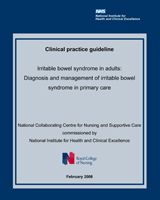From: 5, Methods used to develop the guideline

NCBI Bookshelf. A service of the National Library of Medicine, National Institutes of Health.
Adequate Sequence Generation
|
From: 5, Methods used to develop the guideline

NCBI Bookshelf. A service of the National Library of Medicine, National Institutes of Health.